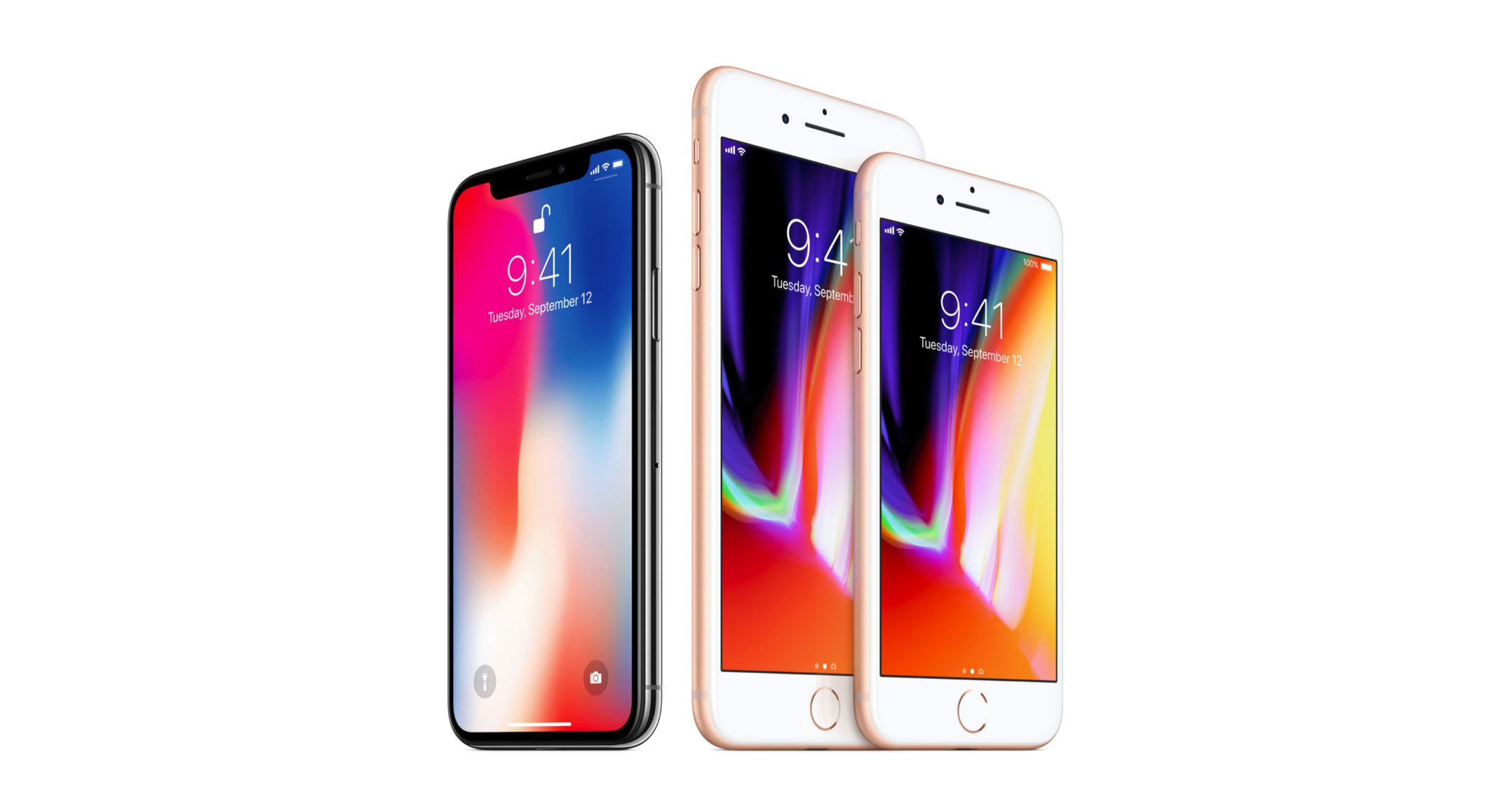
It was always going to be tough to get a handle on the initial sales success of the latest iPhone models. But some early signs are not encouraging for Apple.
The latest dour data came from US telecommunications operator AT&T late on Wednesday. As part of an early disclosure of selected third quarter financials, the company said the number of its mobile subscribers that had swapped out old smartphones for newer models fell by 900 000 from the third quarter of 2016.
The quarter included about a week of US sales for Apple’s iPhone 8 models, one of two new smartphone lines the company debuted last month. If the iPhone 8 had been a hit out of the gate, then AT&T’s upgrade number might at least have fallen less dramatically.
Some analysts have expected new smartphones from Apple and other companies to push up the share of people who upgrade to new phones, after several years of trending downward. But Jefferies analysts estimate that AT&T’s disclosure implies an upgrade rate of roughly 4% in the quarter — meaning that is the share of AT&T’s existing customers on rolling contracts who opted to trade up to a newer smartphone. The stock research firm had expected a rate of 4.5%. In the third quarter of 2016, AT&T said its upgrade rate was 5.1% for its US contract customers.
One week of sales from one phone carrier isn’t enough to call the iPhone 8 a hit or a flop. But astute readers know these phone upgrades are essential for Apple. AT&T’s disclosure is only one data point, but it contributes to the feeling that Apple may have misfired with the iPhone 8.
Since Apple released the iPhone 8 and its more expensive iPhone X sibling, investors have alternated between worry and encouragement. The initial professional reviews of the iPhone 8 weren’t over the moon. Particularly when compared with the iPhone X, the iPhone 8 seemed like the less capable kid sister, and not much of an improvement on the prior year’s iPhones.
Waiting for the X
Many analysts have said people who are most likely to buy new iPhones will wait until November or later, when the iPhone X model will go on sale. The optimistic take is that slow initial sales of the iPhone 8 line are a good sign for Apple, because it may mean more people will instead buy the more expensive iPhone X.
But Apple absolutely needs the iPhone 8 to sell well, too. There is a limited supply of essential parts for the iPhone X models, and the company can’t make enough to cover the 250m or so new iPhones expected to be sold globally in the next year. The iPhone 8 needs to be a palatable plan B for those people who can’t get their hands on the limited number of iPhone X models, or can’t stomach the US$1 000-and-up price tag.

At least in the US, the iPhone 8 should far outsell its sibling. In a recent Morgan Stanley survey, 34% of respondents in the US who said they planned to purchase a new iPhone said they would opt for the iPhone X. (A majority of respondents in China — arguably the most important growth market for Apple right now — said they planned to buy the iPhone X model.)
AT&T’s disclosure also isn’t great news for Samsung, which started selling a new phone in the third quarter, too. But in the US, Apple’s biggest competition isn’t Samsung or other smartphone companies. The number one rival is Apple itself.
The company sells the vast majority of new iPhones to people who already own one. And for many of these people, the alternative to bringing home a shiny new iPhone is holding onto their existing phones — duct-taped, shattered screens and all — for a bit longer. If Apple and Samsung aren’t persuading people to ditch their old phones right now, then their sales might not go up as quickly as investors expect.
Apple will release its own third quarter financial information soon, giving investors a better, although still incomplete, picture of iPhone demand. No matter the sales numbers for the next few months, the real test will be in the March and June quarters, when Apple presumably will have a larger supply of iPhone X devices to sell.
Still, the iPhone 8 matters, and investors are wise not to shrug off signs of softness. — Reported by Shira Ovide, (c) 2017 Bloomberg LP




